Building a successful business doesn’t work unless we build a solid, well-developed business model. Even then, there is risk. The right business plan accounts for the risks and works to mitigate the risk and maximize the potential. We do that through effective operations, investment in customer acquisition and retention, and with targeted short and long-term planning.
Far too often, though, we miss a vital piece of the puzzle: developing the employee, so they are always growing, becoming better, and delivering a better result. When we do offer employee development, in many cases it fails to deliver team members who are loyal to the company and connected with the vision.
We invest so much in finding the right employees, we offer them an employee manual that explains our expectations, and we build and equip a Human Resources team to mediate any potential interpersonal issues to protect our business and our team. While that presents a plan for dealing with negativity in the workplace, it fails to create or encourage a positive workplace environment.
What Traditional Employee Development Misses
When most of us think about employee development, we think about ways to provide our team with the skills training necessary to get the job done. Secondary to that is helping them along a predetermined career path that benefits our business.
These are good endeavors. Both the employee and the employer benefit when they are better able to do their job, and the employee receives necessary skills training to move up in the company.
However, focusing on professional development alone misses out on a prime opportunity for the employer to connect the employee to the vision of the company and strengthen their loyalty to the team. To achieve these results, traditional employee “training” is not enough. We need to develop an Employee Business Model.
Building an Employee Business Model
An Employee Business Model is a daily plan for how we encourage and facilitate the personal and professional growth of our people tied to the company’s overall goal. How we get there will be unique in the same way a business or marketing plan will be unique to our company or specific vision. These questions will help you discover what it looks like for your business:
What is the goal for my company?
Starting here keeps the focus on results that benefit the overall vision.
In what ways do the people on my team need to grow personally and professionally, every day, for us to fulfill incremental goals and achieve our vision?
The “daily” aspect of this plan is important. We have production goals to meet every day, and we need to help our employees grow every day, so we can continue to grow and enjoy better results.
How do we measure our employee’s personal and professional growth so their growth results in greater success for them and for the organization?
Most of us are familiar with the idea of incremental goals for skills growth. Building an Employee Business Model means equipping people with opportunities to develop personally, and and implementing ways to measure that growth as well.
In what ways can we use these goals to both motivate personal growth and celebrate successes with our team?
When it comes to sales goals, safety records and completed projects, challenging our team members in these areas and celebrating their successes is simple and familiar. As leaders making an investment in our people, personally, we also need a way to publicly motivate personal growth and celebrate successes.
Considering these questions helps us build a framework for an Employee Business Plan that’s specific to who we are and what we do. Your plan may involve peer mentoring or group training, maybe one-on-one coaching, or a combination of all of these. How we hold ourselves and our team members able to fulfill our commitments, and how we celebrate successes may be different. The important thing, though, is that we are engaged in the process of personal development, for ourselves and for each member of our team.
Implementing this kind of plan influences every aspect of how be build and interact with our team. That begins with the hiring process. In this blog, we talk about the shifts in the hiring process that helps us build a successful Employee Business Model.
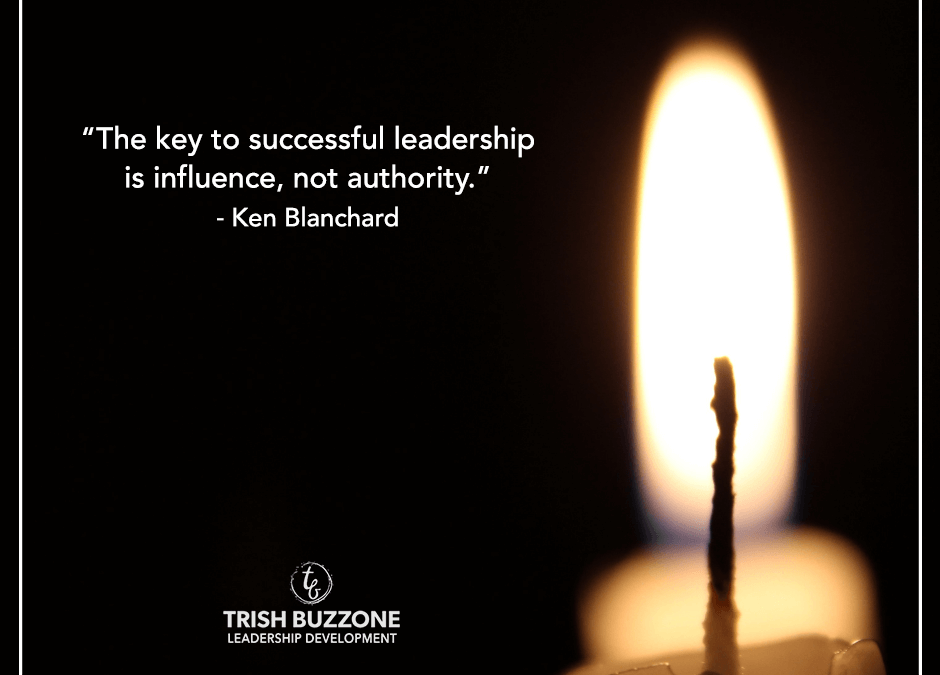
Everything Rises and Falls on Leadership
In the modern classic Disney film, Remember the Titans, one of the most pivotal scenes involves two talented, influential rivals coming to loggerheads over who is responsible for spreading toxicity on their team. When team captain Gerry Bertier confronts...
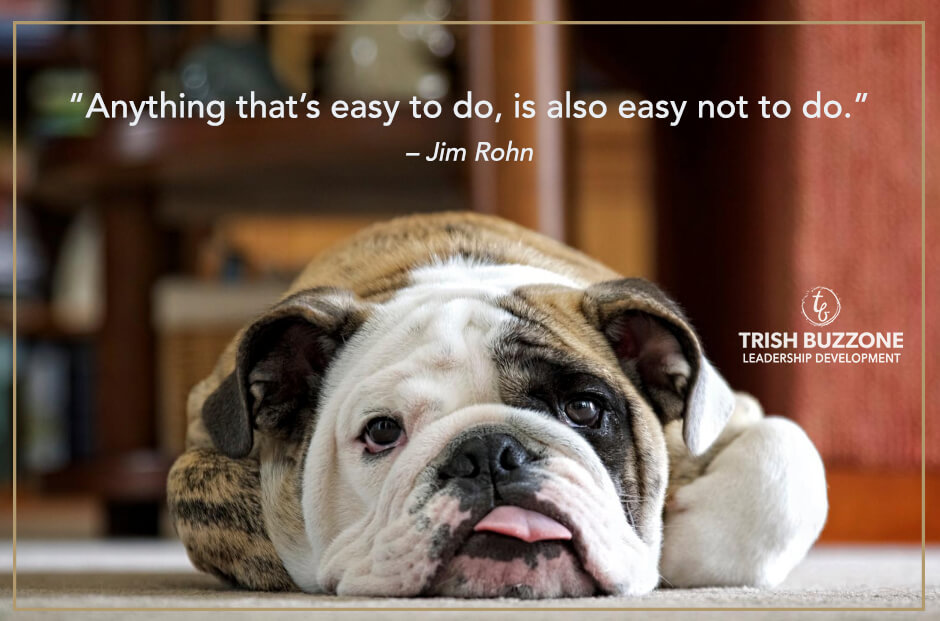
Do the Thing and Then You’ll Get the Energy
Do the Thing and Then You’ll Get the Energy Rediscover your purpose and motivation by releasing the kinetic power of strategic tension Recently, it’s been a struggle to find my motivation to get out and do things, even things I love to do. Based on some...
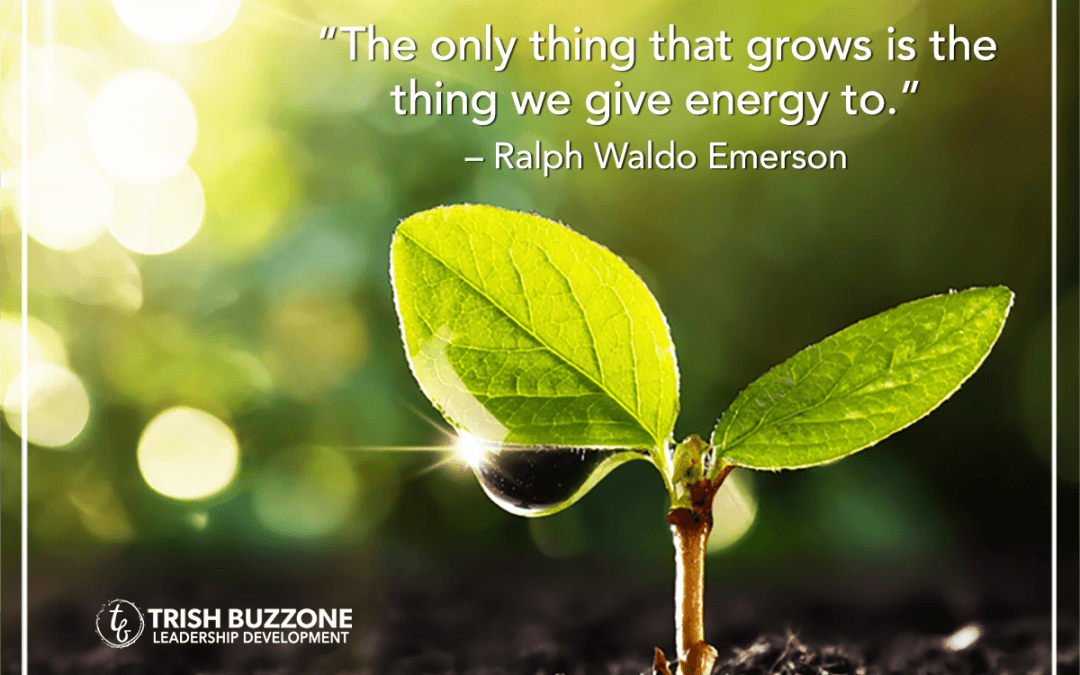
Planting seeds of transformation
Planting seeds of transformationTo experience real, powerful growth, I have to begin with myself In the song, Revolution, John Lennon pushes back against the idea that important growth only happens after people join larger movements. Revolution begins,...
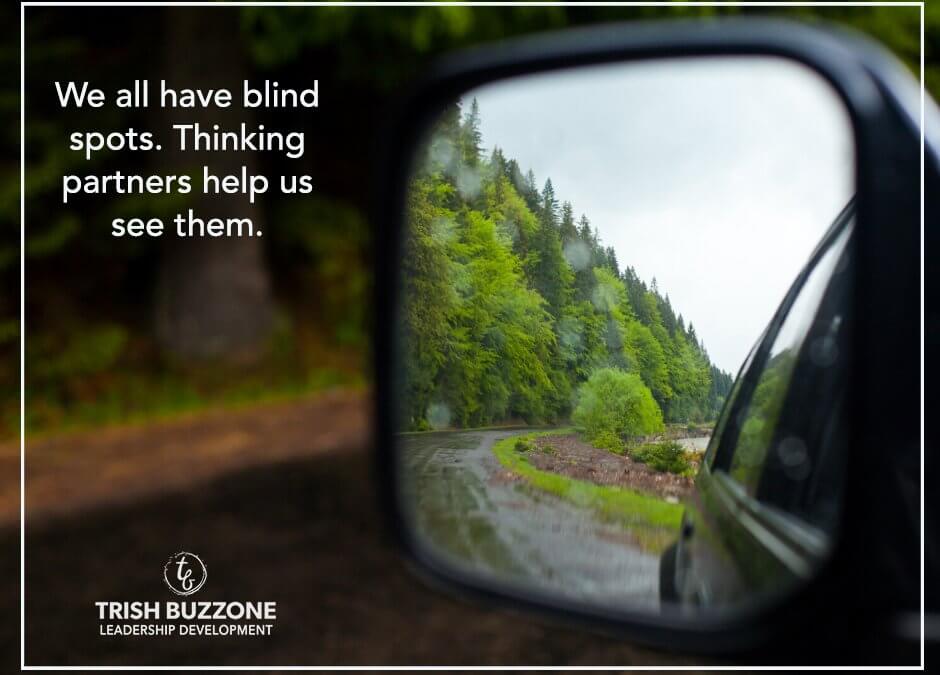
Why I Value Thinking Partners
Why I Value Thinking PartnersTrusted people who encourage a higher level of awareness increase our capacity to think clearly, to act intentionally, and to lead effectively As we all transition into a world indelibly changed, much of the conversation around...

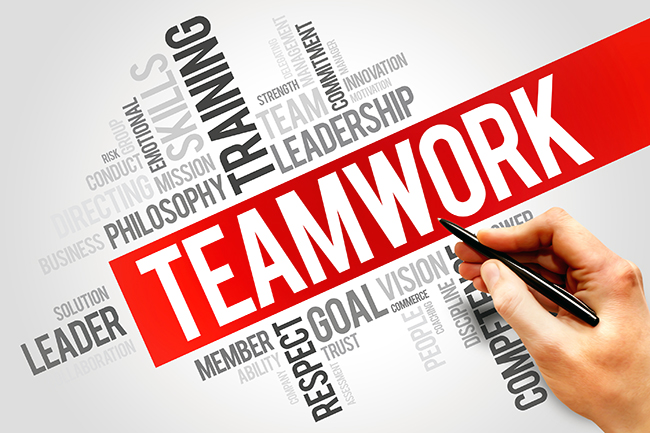
0 Comments